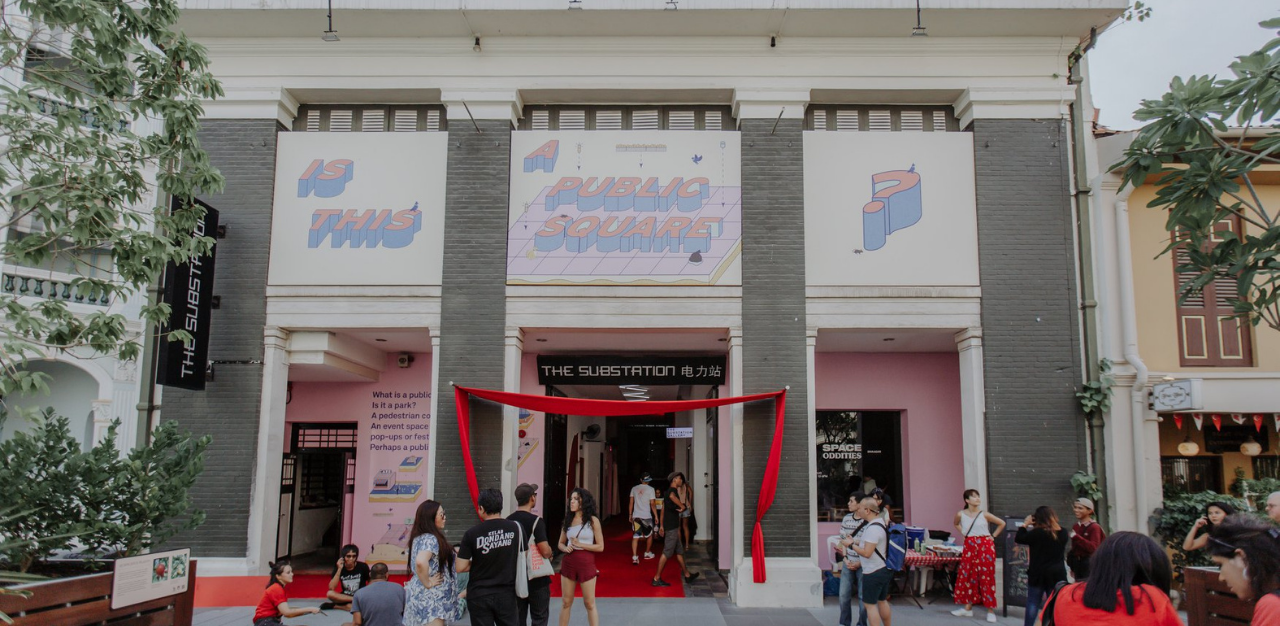TheHomeGround Asia spoke to members of the local arts community to hear their views about Singapore’s first independent arts centre’s impending closure, and to share their memories of the space.
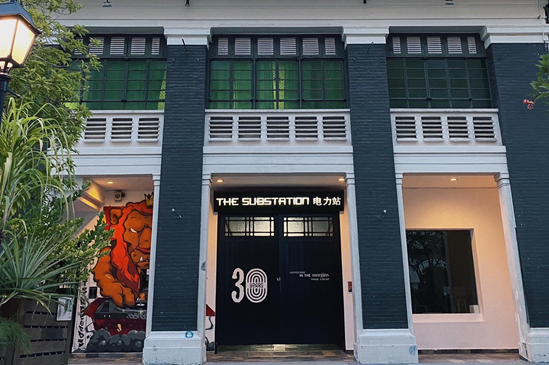
Artists across Singapore questioned, mourned and lamented the Substation’s “difficult decision” to close permanently. This followed news that it would no longer be able to occupy the entire building at 45 Armenian Street, but only have the option to return as a co-tenant after renovations are complete.
The announcement has left Singapore’s arts community reeling, as they prepare to bid farewell to a central part of Singapore’s arts scene.
The Substation’s decision to close was attributed to key factors, such as the National Arts Council’s (NAC) decision to convert 45 Armenian Street into a centre for various arts groups, the Substation’s financial circumstances, and the loss of revenue from venue hire.
A statement released today (5 March) in response to NAC’s 2 March media statement aims to clarify some of the agency’s claims. For instance, one of these states that the Substation sought autonomy over the whole centre at Armenian Street so that it could “generate income from venue hire”, which the Board says is “incomplete”. Drawing a comparison between the Substation and Esplanade, the board emphasised that the Substation’s physical spaces are dedicated “primarily to arts usage”, and that the autonomy over these spaces enable them to have greater freedom over selecting artists who wish to use the space, which results in a “community effect” that is “over and beyond their revenue contribution”. They added that these spaces were leased out for commercial users and arts groups at “non-commercial, highly subsidised” rates.
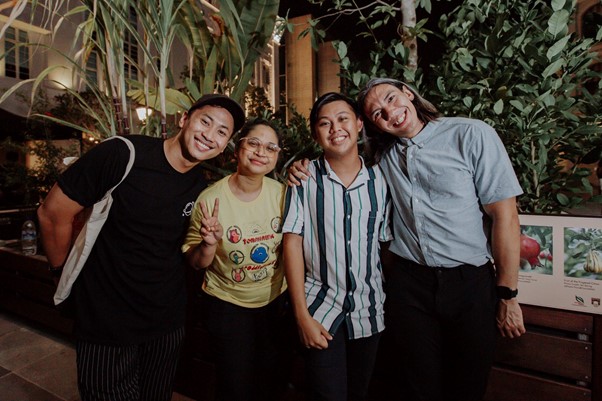
A rich history
The Substation is Singapore’s first independent contemporary arts centre, and was founded by the late playwright, director and arts powerhouse Kuo Pao Kun, who was also deeply involved in arts activism. Its premises was a former disused power station, and has been home to The Substation since 1990, where it has become renowned as an experimental arts space, incubating some 98 Associate Artists or Artists-in-Residence.
Over the course of its 30 years at Armenian Street, it has also helped to develop 10 President’s Young Talents Award winners and 20 Young Artist Award recipients, and is associated with 13 Cultural Medallion winners.
READ: Farewell, The Substation: Chicken Soup for The Fringe Soul
An essential space for artists
The Substation has helped to kickstart the careers of many prominent figures in the community and has been a key space in experimental art; the announcement of its impending closure thus came as a shock to some.
Michelle J.N. Lim, artist and editor of Plural Art Mag, recalls her first time exhibiting at the Substation in 2014 as part of Minimart 5.0, a group exhibition initiated by artists Vincent Chow and Kelvin Atmadibrata. This involved an open call to artists to convert a 1m x 1m x 3m space into a piece of contemporary art. As a fresh graduate, her application to exhibit a participatory art piece was accepted without the need for an extensive proposal, and she remembers being struck by the unconventionality of the project, and the variety of approaches artists brought to the open call.
The Substation was also a central part of her arts experience, as she gained friends from the show who remain some of the artists she respects deeply.
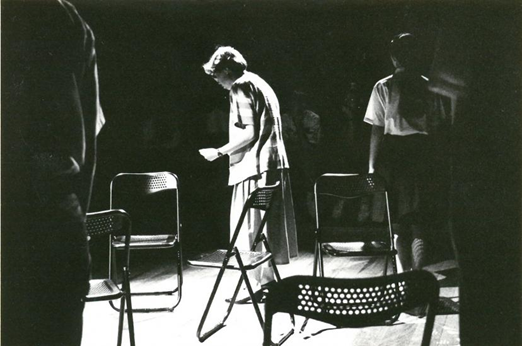
For Alvin Tan, founder of local theatre company The Necessary Stage (TNS), the Substation was home to countless performances over the years – and became a space that grew with his company. He says that the Substation was a much-needed arts hub accepting “works that took risks from both emerging artists and veterans pushing the envelope where concepts were concerned. Interdisciplinary and intercultural works were all housed comfortably at the Substation.”
TNS opened at the Substation with the play Those Who Can’t, Teach, and was a seminal in redefining conventional ways of staging a play. Another noteworthy play was Still Building, which eventually had 19 runs at the Substation.
“It was ground-breaking to have such a long run and to be able to create work that was personal, social, national and international/universal, staged in such an intimate space that encouraged theatrical experimentation,” Alvin shares.
For others, the Substation will be remembered for its people.
Guo Feng, Artistic Director of Sigma Dance, looks back on his time with the Substation fondly: “I will definitely miss the building, with its structural charms and most of all, Mdm Chua, the caretaker, who has become a friend over the years.” The Substation was home to Sigma Dance over five to six years, as their rehearsals and contemporary dance classes were held in the dance studio.
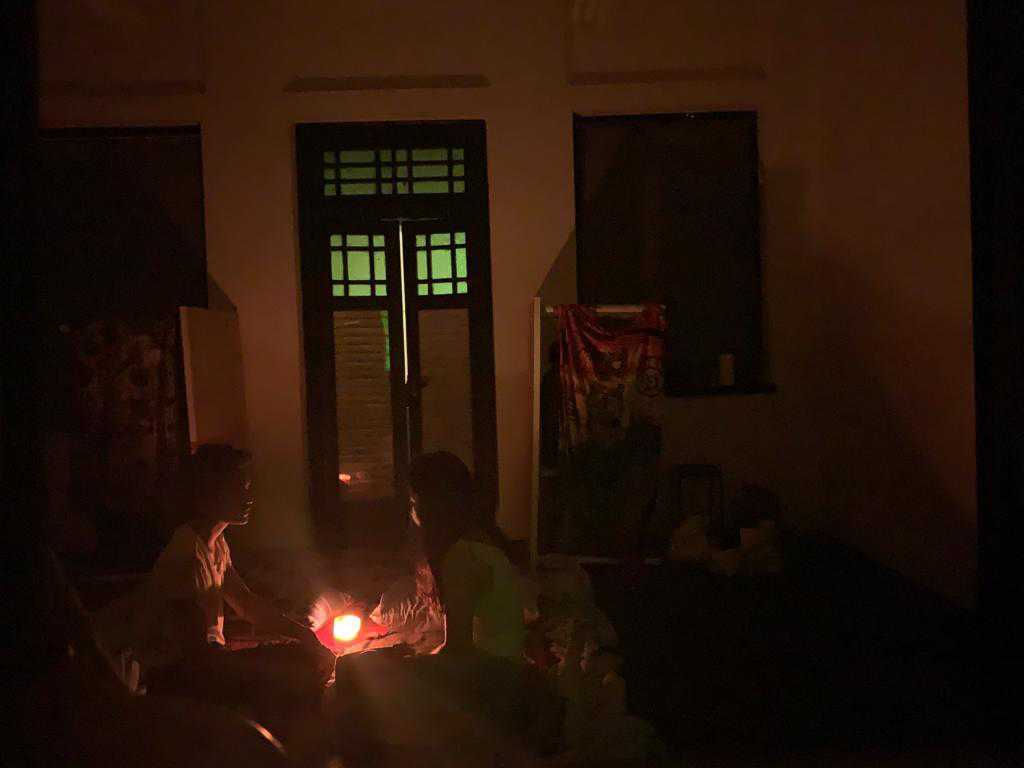
Artist and performer Theo Chen remembers the Substation as a space that showcases “art which is on the margins”. His recent performance, a one-on-one show titled nights ago when I felt blue, was held there.
Citing the arts centre as the only one in Singapore that gave him the “space, time, and support to present” his own art, he shares, “[It has] nurtured me as an emerging artist, giving me the confidence to continue developing my work sensitively and with detail.”
He attributes his growth as an artist and a person to the Substation, adding that it was essential in inspiring him and showing him that “there is space in Singaporean civil society for dreams to become reality.”
READ: Hopes and Dreams of Artists: The Establishment of Singapore’s First Arts University
What’s in the future?
Artistic Co-director Woon Tien Wei expresses concerns over the decreasing number of independent arts spaces, citing the closure as a signal of the “shrinking of self-organising spaces within our arts ecosystem.”
Theo shares similar sentiments on the impact of the Substation’s closure on new artists.
“Who will accommodate me and the other artists I know who rely on independent and autonomous spaces like the Substation to help them when they are just starting out?,” he asks.
“It’s worrying to me what kind of pathways are being set up and cemented by its closure and the slow erosion of independent and autonomous arts spaces in Singapore. What ways of practicing as an artist are supported and what ways are not?”
Alvin still holds hope for the Substation – that the community will galvanise to speak up in response to the closure.
“Perhaps it is time for something new to emerge from this crisis. A time to reflect on what’s gone wrong, how to keep the integrity of its vision and then like the phoenix rising from the ashes, we have to rise stronger,” he says. “With our collective imaginative effort and faith, I am sure we will be able to make something good out of its closure.”
He adds that funding a space like the Substation is “an investment in the artist”, one that is essential to innovation, which “requires freedom and involves waste”.
“The arts community must now be the third actor to appear in the scene to break the impasse between the Substation and the NAC, as its closure means that we have failed to appreciate the need to invest in nurturing innovation.”
Similarly, Guo Feng believes that Singapore needs a “blend of community-funded and state-funded arts spaces for all types of art to have a voice.”
But it is “pity” that Michelle feels about the Substation’s impending closure – that a place of such significance to the art community is “closing without a fight.”
She questions the role of the arts community in influencing the fate of the Substation.
“In the past few days I’ve seen so many touching eulogies. In a different reality, might these people have issued calls to action to save the Substation instead?” she questions.
“Or maybe, the very fact that there are no such calls to action shows that there is a lack of community will to keep the Substation alive.”
Theo also believes in the importance of engaging the arts community: “I know this moment is a time for the arts community to engage in deep dialogue with stakeholders to voice our concerns, preserve what we feel is important, and pivot or reimagine if necessary.
“I have tremendous faith and hope that I ought not to despair. The Substation’s existence and history has, after all, taught me to hope for better, and work hard to get there,” he says.
A townhall will be held on 6 March for those who wish to share their views, or who have questions for the board. The Substation’s last event, SeptFest 2021, will run till 28 March.
Join the conversations on THG’s Facebook and Instagram, and get the latest updates via Telegram.
